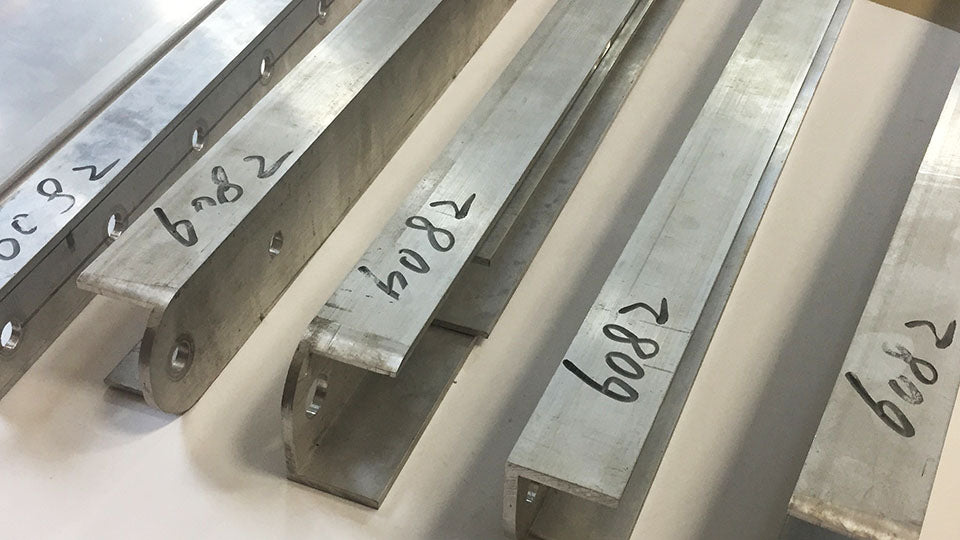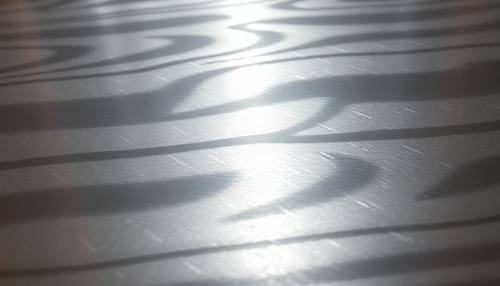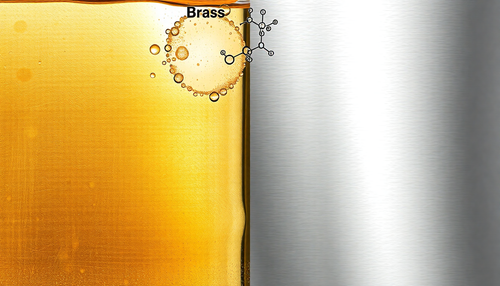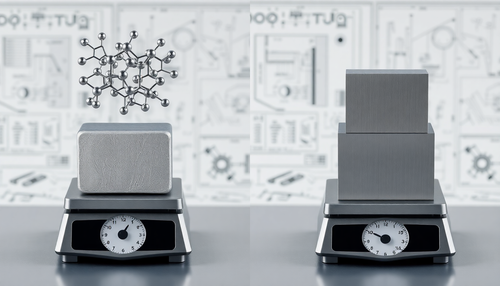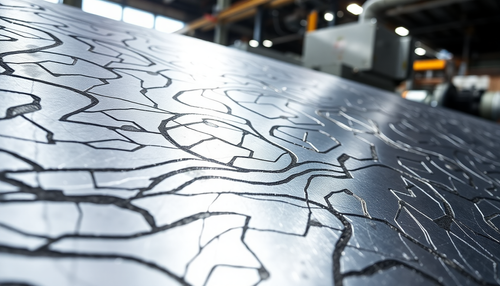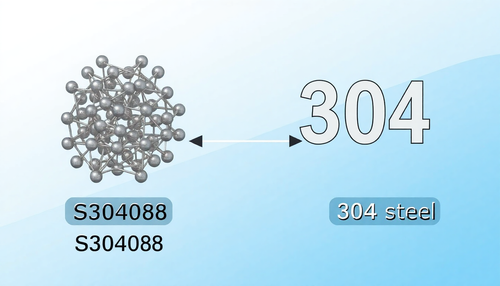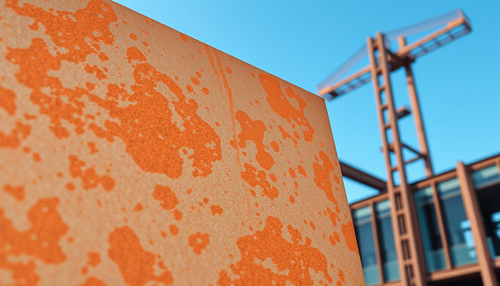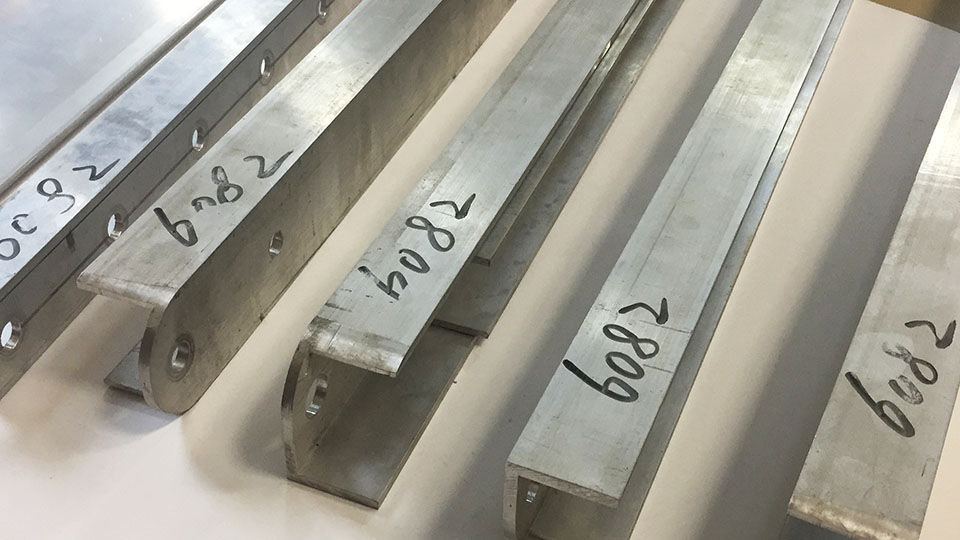
Aluminum Alloy 6082 – Al 6082-T6 T651 T4 – AlSi1MgMn (AlMgSi1 – 3.2315)
Aluminum 6082 is a heat treatable reinforced Al-Mg-Si alloy with good formability, weldability, machinability, medium strength and good workability after annealing. The main tempering conditions include 6082-T6, T4, T651, etc. Alloy 6082 is registered in 1972 by the European Aluminum Association (EAA), it is a very common alloy product in Europe because it has greater strength (tensile strength is 10% to 18% higher than Aluminum 6061, depending on thickness) and better overall corrosion resistance (due to lower copper content) than Al-6061, and density approximately equal to 0.098 lb/in3 (2,710 kg/m3), extrusability and anodizing response.
Although material 6082 is also a registered alloy with the Aluminum Association, it has not been included in some ASTM aluminum material specifications to date because the statistics necessary to establish minimum mechanical properties in the United States have not been collected and provided. 6082 aluminum alloy is gaining more attention in the United States, but is used much less than 6061 and 7075.
AA 6082 is equivalent to AlMgSi1 (3.2315) in the German standard DIN 1725-1 and AlSi1MgMn in the European standard EN 573-3.
Properties of Aluminum 6082 T6 T651 T4
The following tables summarize the properties of 6082 T6 T651 T4 aluminum, including chemical composition, physical properties, mechanical properties, hardness, etc.
Chemical composition
The chemical composition of 6082-T6, T651 aluminum is given in the following technical sheet.
| Chemical composition, % | |||||||||||
| Standard | AA Aluminum [EN (Material Number)] | Yes | Fe, ≤ | Cu, ≤ | Mn, ≤ | mg | Cr, ≤ | Zn, ≤ | Ti, ≤ | Another element, Each (Total), ≤ | Al |
| ASTM B221; DIN EN 573-3 |
6082 [EN AW-6082 (3.2315)] |
0.7-1.3 | 0.50 | 0.10 | 0.40-1.0 | 0.6-1.2 | 0.25 | 0.20 | 0.10 | 0.05 (0.15) | Rest |
Observation:
- DIN EN 573-3: Aluminum and aluminum alloys – Chemical composition and form of semi-finished products.
- ASTM B221: Extruded aluminum and aluminum alloy bars, rods, wires, profiles and tubes
Physical Properties of Alloy 6082
The physical properties of Aluminum 6082 (3.2315) are provided in the data sheet below, including aluminum density, melting point, coefficient of thermal expansion, Young's modulus, thermal conductivity, specific heat, electrical conductivity, and electrical resistivity.
Observation:
- 10 -6 ·K -1 = 10 -6 /K = 1 μm/m·°C
- 1Ω mm²/m = 1 μΩ m
- 1 g/cm3 = 1 kg/dm3 = 1000 kg/m3
- 1 GPa = 1kN/mm2
- 1 MPa = 1 N/mm2
- ME/m = 0.58% IACS
- 1 cal/(gC) = 1 Btu/(lb⋅F)
| Physical Properties of Aluminum 6082 | Metric | Imperial |
| Density | 2.71 kg/dm3 | 0.098 lb/in3 |
| Specific weight | 2.71 | – |
| Fusion point | 585-650°C | 1,085-1,200°F |
| Specific heat capacity | 896 [J/kg·K] | 0.214 [Btu/lb°F] |
| Coefficient of thermal expansion (CTE) | 23.4 [10 -6 /K] | 13 [μin./in. ·°F] |
| Thermal conductivity | 150-170 [W/m·°C] | 86.73-98.3 [BTU/h∙ft∙°F] |
Mechanical Properties of Aluminum 6082-T6 T651
The mechanical properties of Al-6082-T6, T651 are listed in the following data sheet, including yield strength, tensile strength, etc.
Mechanical Properties of 6082-T6 Aluminum, T651 Plates, Plates and Strips
| EN 485-2, Mechanical properties of EN AW-6082-T6 T651 (AlSi1MgMn) | ||||||||
| Material condition | Nominal thickness, mm (in.) | Tensile strength, Mpa (ksi), ≥ | 0.2% yield strength, Mpa (ksi), ≥ | Elongation, 5.65√So,%. ≥ | Elongation, 50 mm, %. ≥ | Radius of curvature, 180° (a) | Radius of curvature, 90° (a) | Hardness, HBW(a) |
| O | ≥ 0.4-1.5 (0.0157-0.0591) | ≤150 (21.76) | ≤85 (12.3) | 14 | – | 1.0t | 0.5 tons | 40 |
| 1.5-3.0 (0.0591-0.0602) | ≤150 (21.76) | ≤85 (12.3) | 16 | – | 1.0t | 1.0t | ||
| 3.0-6.0 (0.0602-0.0236) | ≤150 (21.76) | ≤85 (12.3) | 18 | – | – | 1.5 tons | ||
| 6.0-12.5 (0.0236-0.492) | ≤150 (21.76) | ≤85 (12.3) | 17 | – | – | 2.5 tons | ||
| 12.5-75.0 (0.492-2.953) | ≤150 (21.76) | – | – | 16 | – | – | ||
| 6082-T4, T451 |
≥ 0.4-1.5 (0.0157-0.0591) | 205 (29.73) | 110 (16) | 12 | – | 3.0 tons (b) | 1.5 tons (b) | 58 |
| 1.5-3.0 (0.0591-0.0602) | 14 | – | 3.0 tons (b) | 2.0 tons (b) | ||||
| 3.0-6.0 (0.0602-0.0236) | 15 | – | – | 3.0 tons (b) | ||||
| 6.0-12.5 (0.0236-0.492) | 14 | – | – | 4.0 tons (b) | ||||
| 12.5-40.0 (0.492-1.575) | – | 13 | – | – | ||||
| 40.0-80.0 (1.575-3.150) | – | 12 | – | – | ||||
| 6082-T4, T451 |
≥ 0.4-1.5 (0.0157-0.0591) | 205 (29.73) | 95 (13.8) | 12 | – | 3.0 tons (b) | 1.5 tons (b) | 57 |
| 1.5-3.0 (0.0591-0.0602) | 14 | – | 3.0 tons (b) | 2.0 tons (b) | ||||
| 3.0-6.0 (0.0602-0.0236) | 15 | – | – | 3.0 tons (b) | ||||
| 6.0-12.5 (0.0236-0.492) | 14 | – | – | 4.0 tons (b) | ||||
| 12.5-40.0 (0.492-1.575) | – | 13 | – | – | ||||
| 40.0-80.0 (1.575-3.150) | – | 12 | – | – | ||||
| EN AW 6082-T6, PT AW 6082-T651, T62 |
≥ 0.4-1.5 (0.0157-0.0591) | 310 (45) | 260 (37.7) | 6 | – | – | 2.5 tons (b) | 94 |
| 1.5-3.0 (0.0591-0.0602) | 310 (45) | 260 (37.7) | 7 | – | – | 3.5 tons (b) | 94 | |
| 3.0-6.0 (0.0602-0.0236) | 310 (45) | 260 (37.7) | 10 | – | – | 4.5 tons (b) | 94 | |
| 6.0-12.5 (0.0236-0.492) | 300 (43.5) | 255 (37) | 9 | – | – | 6.0 tons (b) | 91 | |
| 12.5-60.0 (0.492-2.362) | 295 (42.8) | 240 (35) | – | 8 | – | – | 89 | |
| 60.0-100.0 (2.362-3.937) | 295 (42.8) | 240 (35) | – | 7 | – | – | 89 | |
| 100.0-150.0 (3.937-5.906) | 275 (40) | 240 (35) | – | 6 | – | – | 84 | |
| 150.0-175.0 (5.906-6.890) | 275 (40) | 230 (33.4) | – | 4 | – | – | 83 | |
| 175.0-350.0 (6,890-13,780) | 260 (37.7) | 220 (32) | – | two | – | – | – | |
| 6082-T61, T6151 |
≥ 0.4-1.5 (0.0157-0.0591) | 280 (40.6) | 205 (30) | 10 | – | – | 2.0 tons (b) | 82 |
| 1.5-3.0 (0.0591-0.0602) | 280 (40.6) | 205 (30) | 11 | – | – | 2.5 tons (b) | 82 | |
| 3.0-6.0 (0.0602-0.0236) | 280 (40.6) | 205 (30) | 11 | – | – | 4.0 tons (b) | 82 | |
| 6.0-12.5 (0.0236-0.492) | 280 (40.6) | 205 (30) | 12 | – | – | 5.0 tons (b) | 82 | |
| 12.5-60.0 (0.492-2.362) | 275 (40) | 200 (29) | – | 12 | – | – | 81 | |
| 60.0-100.0 (2.362-3.937) | 275 (40) | 200 (29) | – | 10 | – | – | 81 | |
| 100.0-150.0 (3.937-5.906) | 275 (40) | 200 (29) | – | 9 | – | – | 81 | |
| 150.0-175.0 (5.906-6.890) | 275 (40) | 200 (29) | – | 8 | – | – | 81 | |
Observation:
- (a) For information only.
- (b) Significantly lower cold bending radii can be achieved immediately after quenching.
Mechanical Properties of Al-6082-T6 T4 (AlMgSi1) Drawn Bar and Tube
| DIN EN 754-2, Drawn Bars | ||||||
| Material condition | Dimensions, mm (in.) | Tensile strength, Mpa (ksi), ≥ | 0.2% yield strength, Mpa (ksi), ≥ | Elongation, 5.65√So,%, ≥ | Elongation, 50 mm, %, ≥ | Hardness (HBW), typical value |
| Oh, H111 | ≤ 80 (3,150) | ≤160 (23) | ≤110 (16) | 15 | 13 | 35 |
| 6082-T4 (c) | ≤ 80 (3,150) | 205 (30) | 110 (16) | 14 | 12 | 70 |
| 6082-T6 (c) | ≤ 80 (3,150) | 310 (50) | 255 (37) | 10 | 9 | 95 |
| DIN EN 754-2, Drawn tubes | ||||||
| Material condition | Wall thickness | |||||

